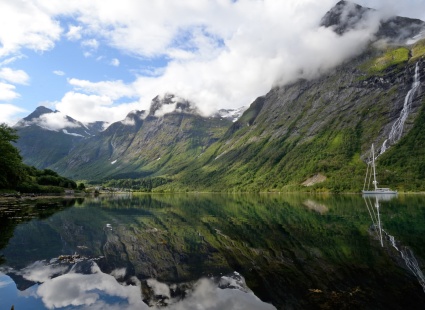THE ART OF YACHT BUILDING
The Dutch are a nation of seafarers whose culture has been profoundly shaped by the ocean over the past five centuries. They even invented yachting as a pastime and came up with the word jacht to describe a pleasure boat.
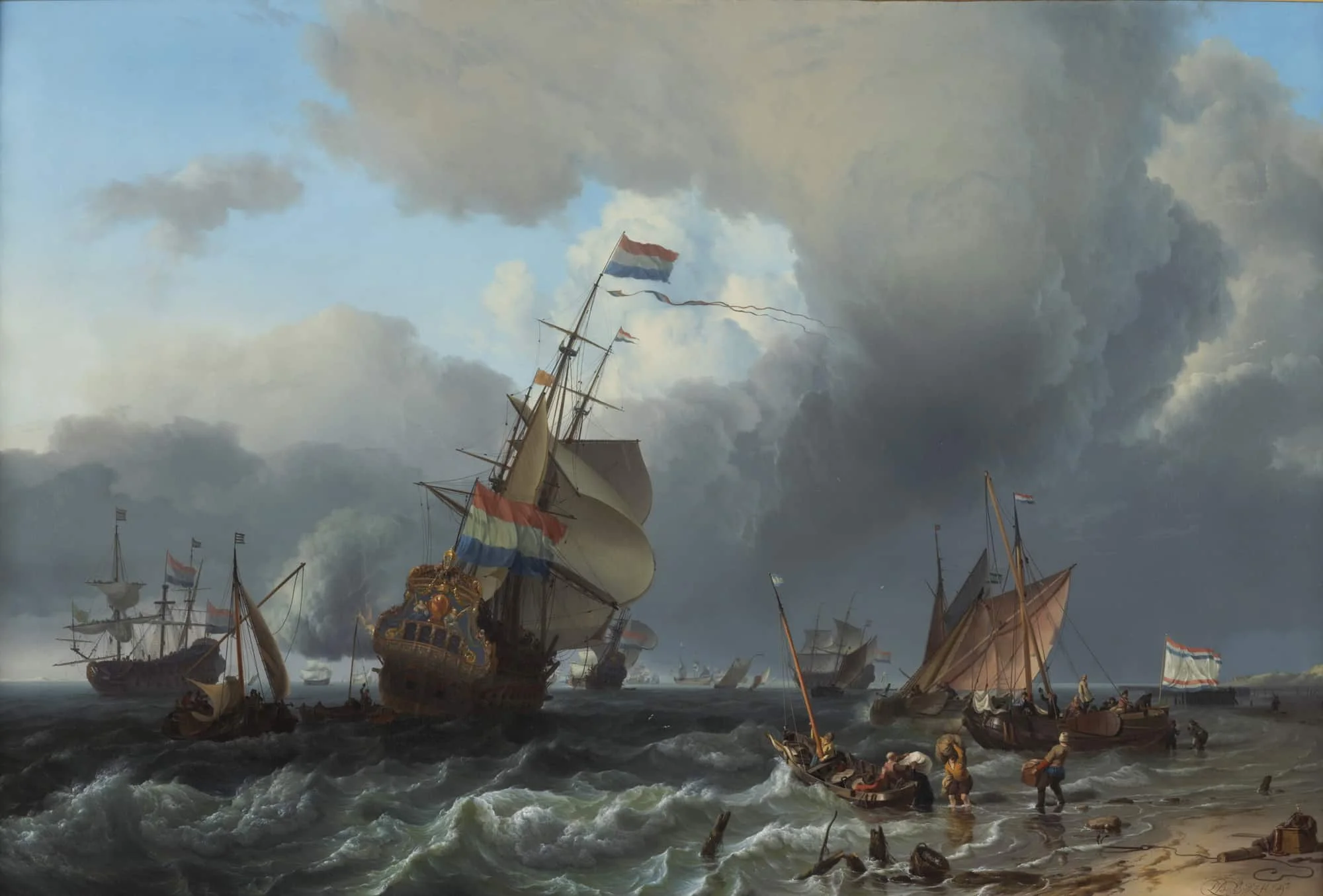
By 1650, at the height of the Golden Age, it is reckoned that 95 per cent of ships passing from the North Sea into the Baltic were Dutch.
So it is hardly surprising that the country takes immense pride in institutions such as the Het Scheepvaartmuseum (National Maritime Museum) or Rijksmuseum in Amsterdam, which house extensive collections of maritime art and artefacts illustrating this bond with all things nautical.
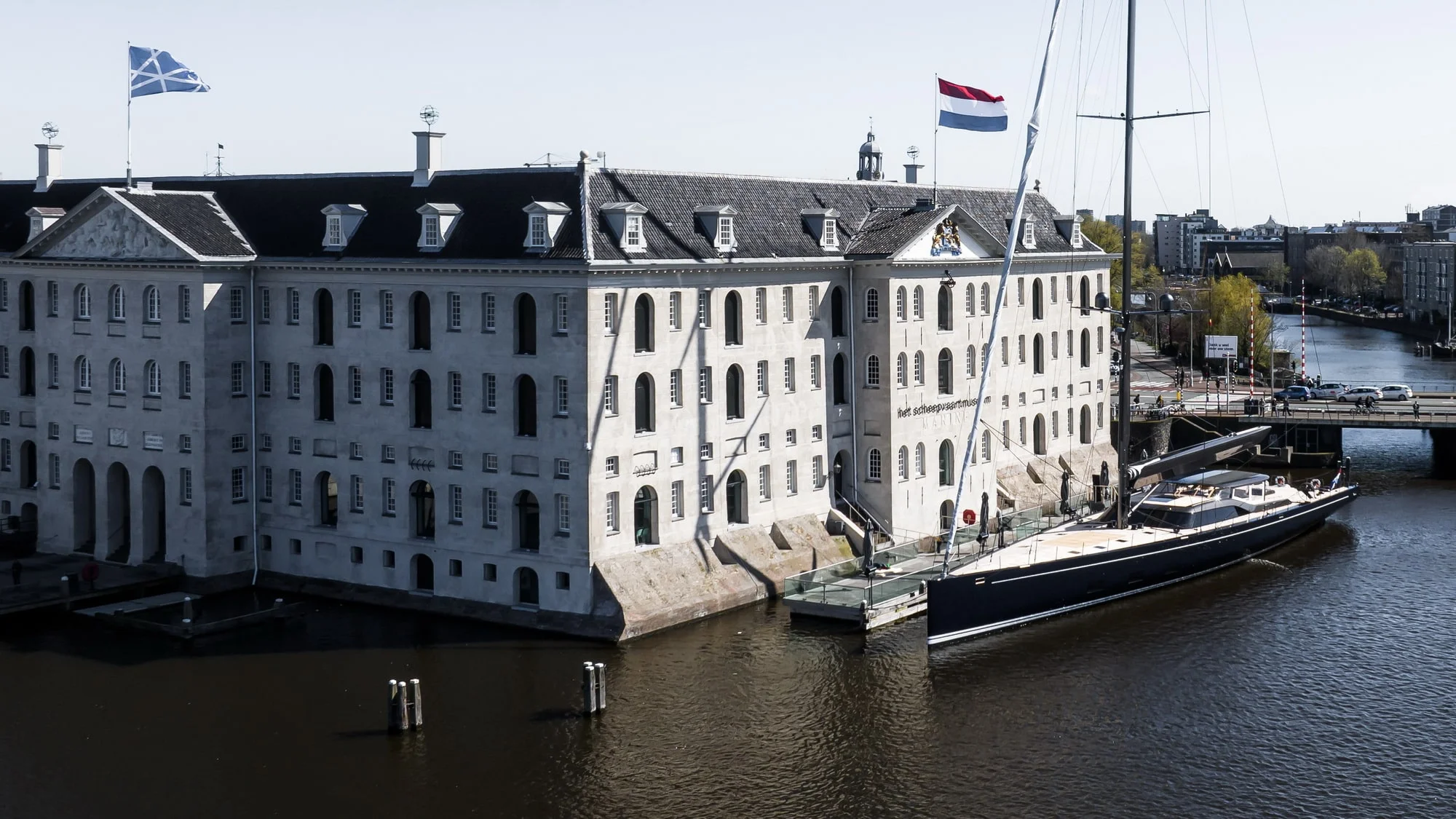
Depictions of boats and ships have existed from almost the earliest times and have been found in ancient rock engravings dating back to 12,000 BC. With the emergence of landscape art during the Renaissance, seascapes became a more important element in paintings, but it was not until the 17th century that artists began to specialise in the genre and maritime art truly came into its own.
The movement was led by Dutch painters as the nation’s intrepid shipbuilders launched vessels by the tens of thousands and the Netherlands ruled the known — to Europeans at least — watery world (until the British caught up with them by the end of the century). It was a period that became known as the Golden Age and coincided in 1602 with the founding of the Vereenigde Oostindische Compagnie (VOC) or Dutch East India Company, which was granted a 21-year monopoly to carry out trading activities in Asia. It also produced some of the world’s most treasured works of maritime art painted by some of the most celebrated artists of the period.
“In the 17th century, a lively market for paintings of sea scenes emerged in the Netherlands,” says Cécile Bosman, the museum’s curator of maritime art. “The maritime industry had become a major driver of the economy, in addition to being a source of national pride. People wanted to be reminded of the ships, the ports, the sea battles, the heroism and the storms, even in their own homes. And the painters and artists of the time gave them what they wanted. The best pieces by the best painters of the day were sold for ridiculous amounts of money.”
Mock battle – re-enactment of a naval battle with yachts on the inland sea, Zuider Zee, in honour of the visit by Tsar Peter the Great of Russia, 1 September 1697 – by Abraham Storck
Abraham Storck (1644 – 1708) came from a family of painters in Amsterdam. Influenced by the works of the two Willem van de Veldes, he specialised in naval and harbour scenes as well as landscape painting. His Dutch harbour and river views often depict the recreational and ceremonial aspects of shipping, with an emphasis on colourful pleasure yachts occupied by passengers in festive dress.
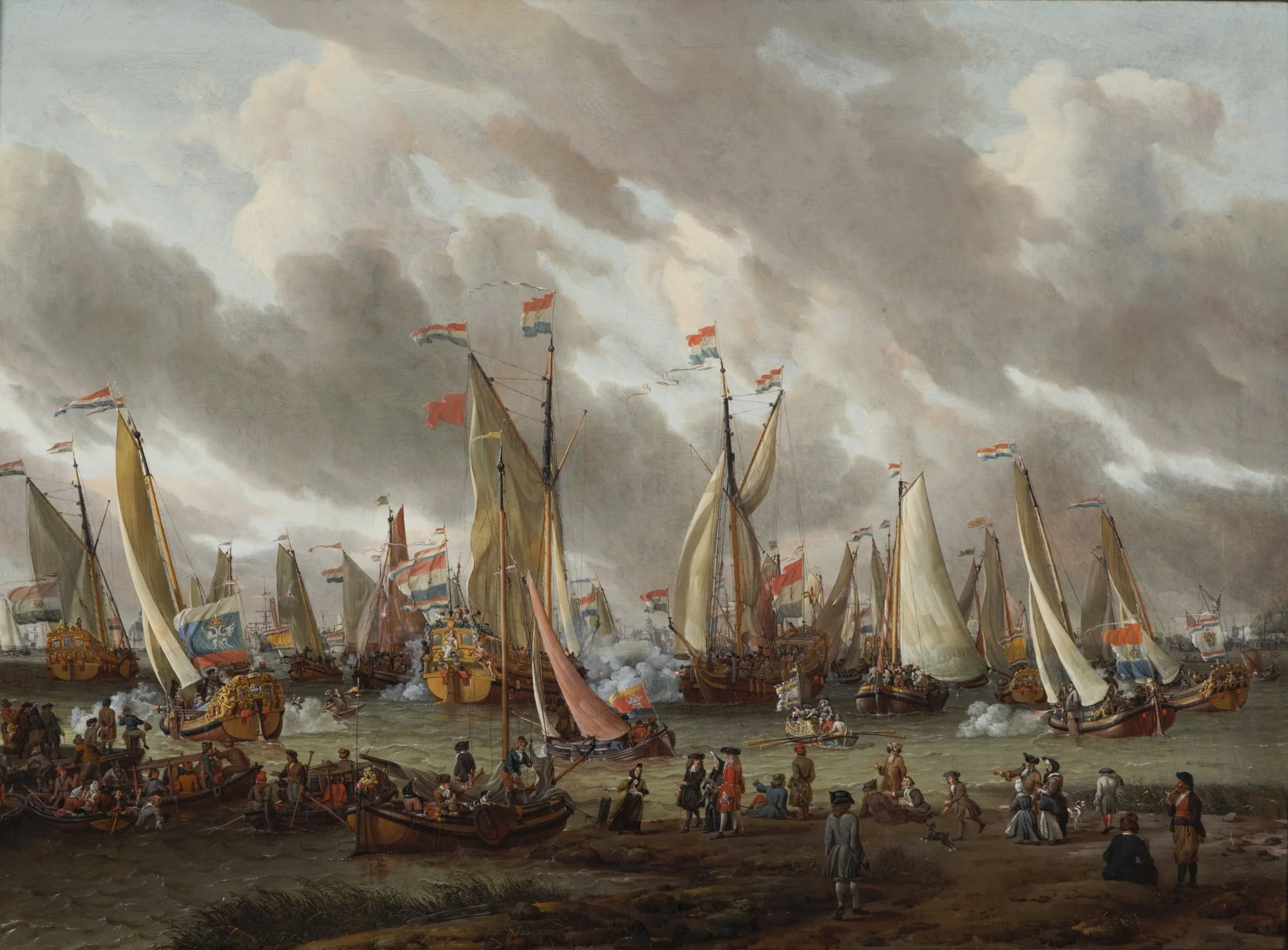

The Battle of the Texel (Kijkduin) on 21 August 1673 – by Willem van de Velde the Younger
Willem van de Velde the Younger (c. 1633 – 1707) was instructed by his father, and by Simon de Vlieger, another renowned marine painter of the period. His finest works are delicate and technically precise depictions of shipping off the Dutch coast. The ships themselves are portrayed with almost photographic accuracy and serve as guides to the appearance of 17th-century ships. By 1673 he had moved to England with his father, where he was also engaged by Charles II.
The naval fleet under the command of Prince Hendrik of the Netherlands in bad weather in the Channel, October 1843 – by Petrus Johannes Schotel
Petrus Johannes Schotel (1808 – 1865) was born in Dordrecht in northern Holland. A pupil of his father, Johannes Christian Schotel, he travelled in France between 1827-1829. As a result of this journey he adopted a warmer palette, while continuing to emphasise the dramatic elements of the sea. He worked for several years as a drawing teacher at the Marine Institute in Medemblick and was considered an expert on the technical and historical details of ships.
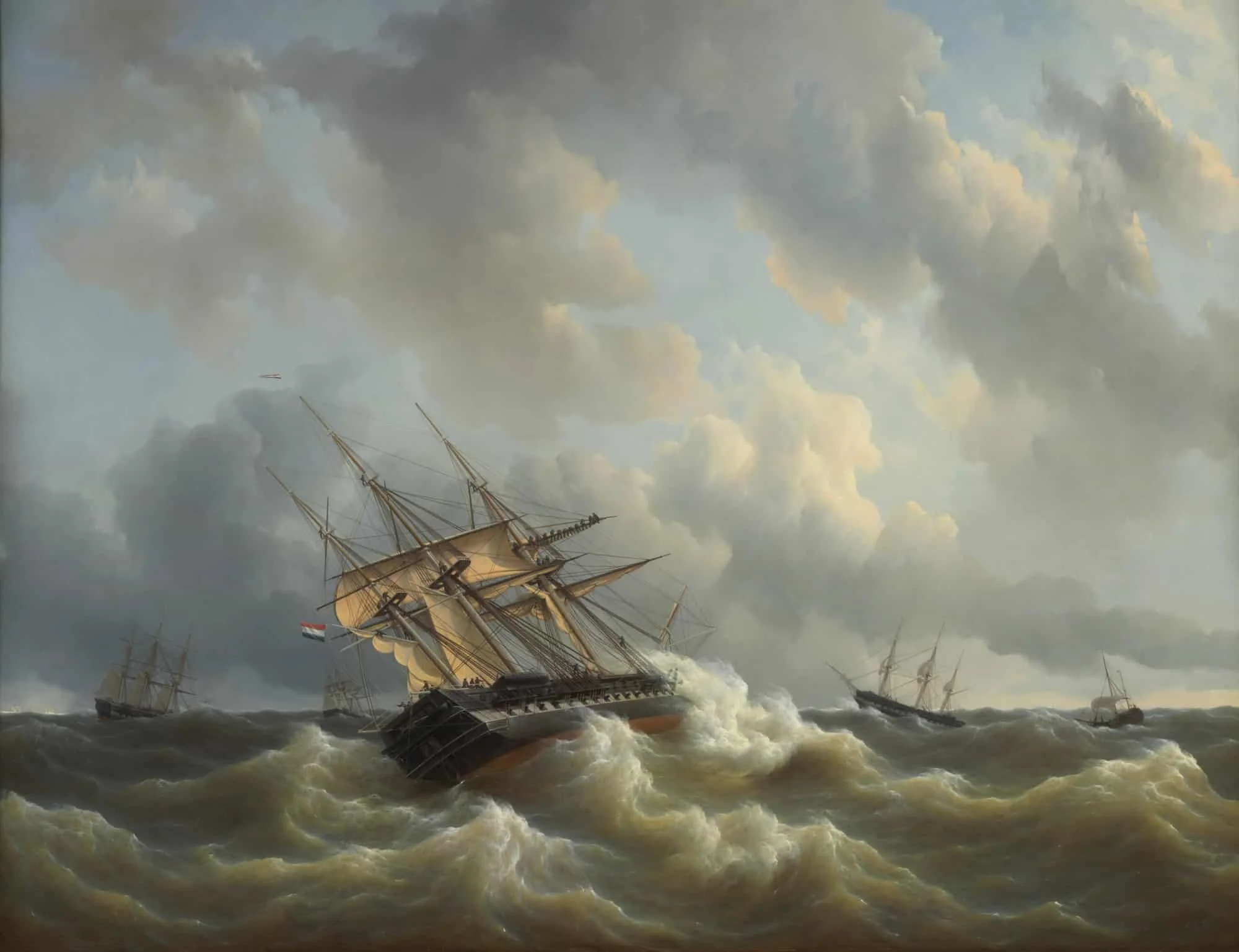
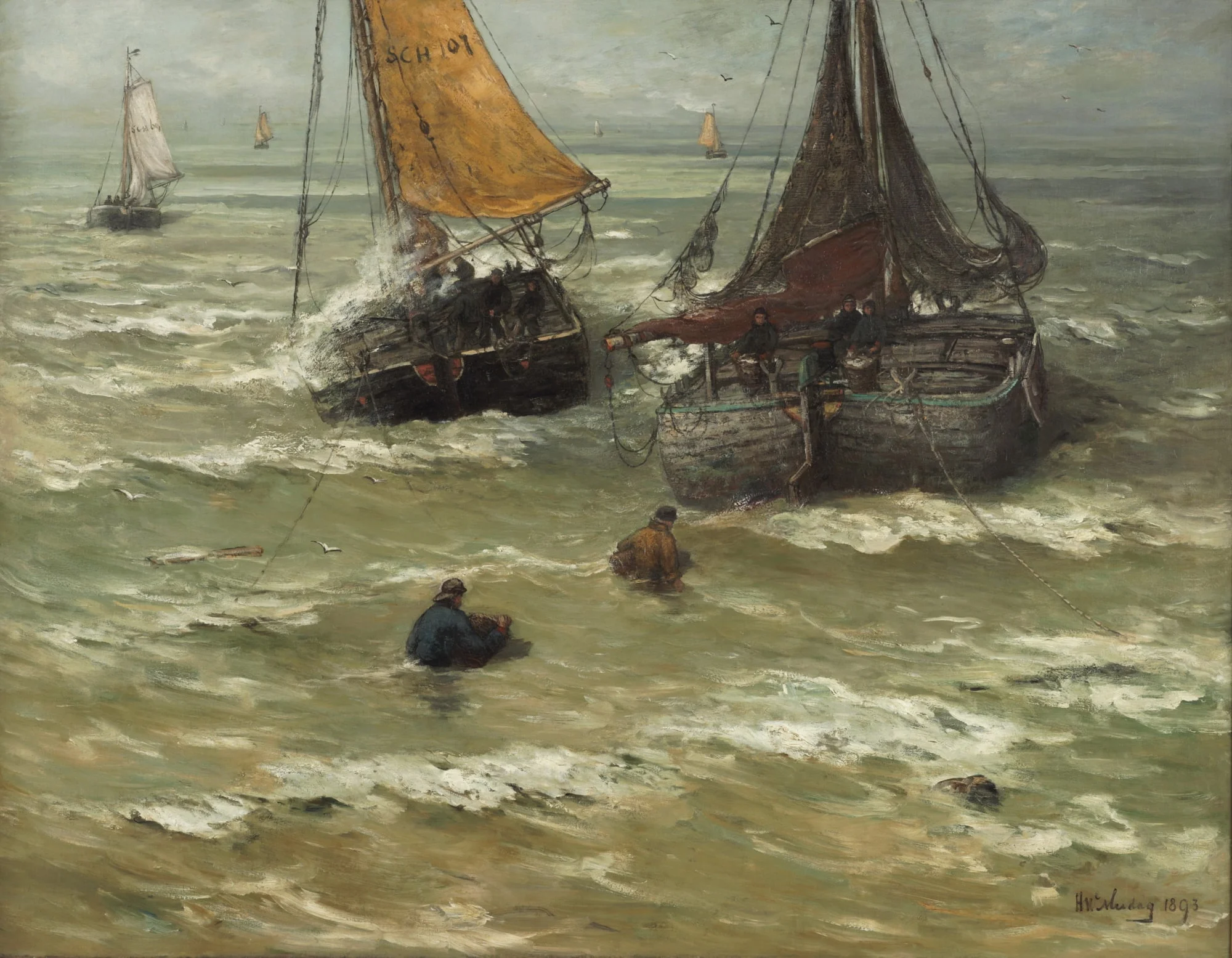
‘Bomschuiten’ in the surf, ready for departure – by Hendrik Willem Mesdag
Hendrik Willem Mesdag (1831 – 1915) was encouraged by his father, an amateur painter, to become an artist. He studied in Brussels and in 1868 moved to The Hague to paint the sea. In 1870 he exhibited at the Paris Salon and won the gold medal for The Breakers of the North Sea. Mesdag was also a prolific art collector and donated his collection to the Dutch state. Since 1990 the Mesdag Collection has been part of the Van Gogh Museum in Amsterdam.
De Buitenkant of Amsterdam – by Reinier Nooms
Reinier Nooms (c. 1623 – 1664) was a maritime artist known for his highly detailed paintings and etchings of ships, whose favourite subject was the Dutch victories in the Anglo-Dutch Wars. Also known as “Zeeman” (Dutch for “seaman”), he began life as a sailor and only began painting in later life. His knowledge of ships is evident in the detail and accuracy of his work, which served as an example to other artists of how to depict ships.
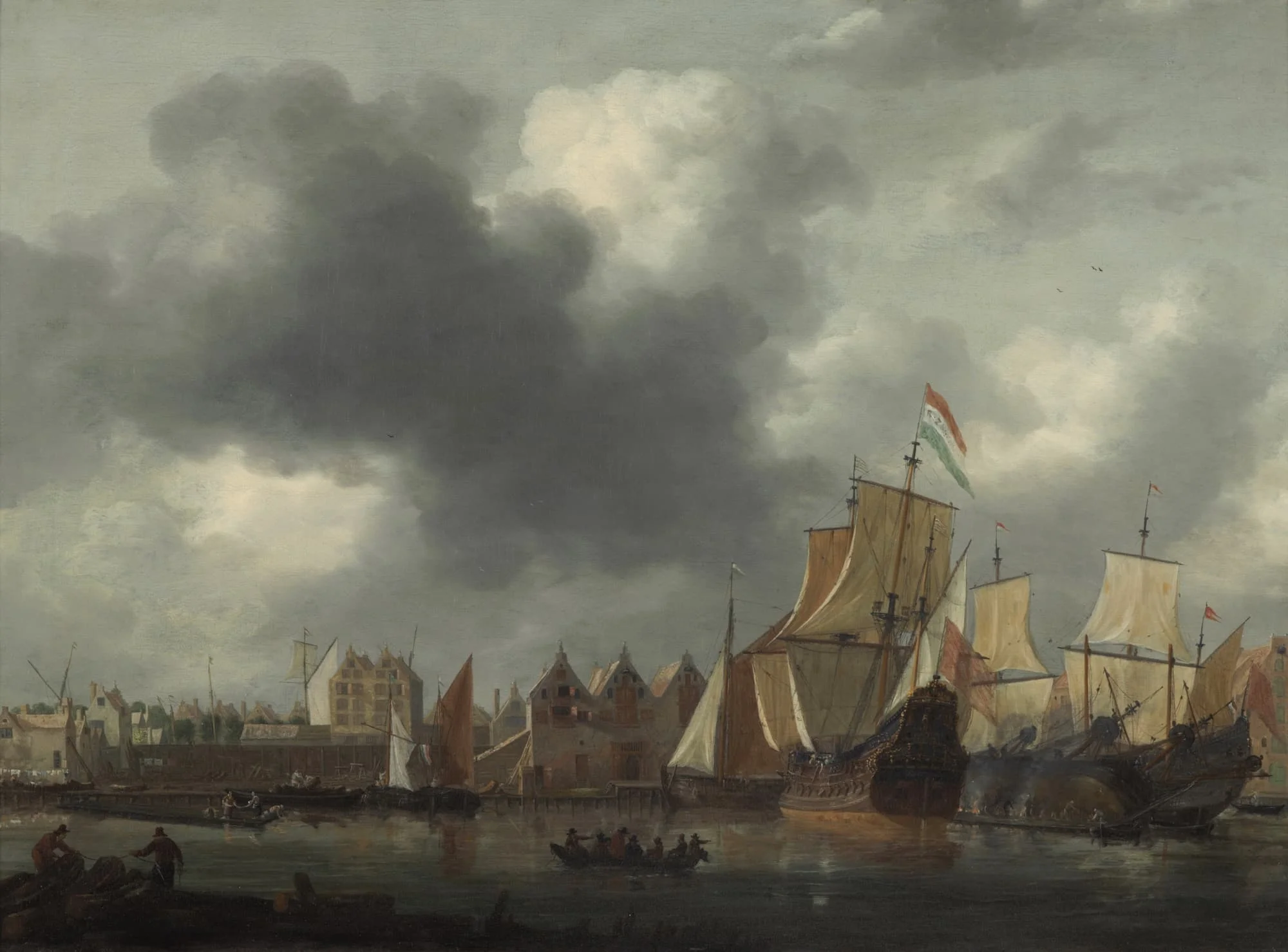
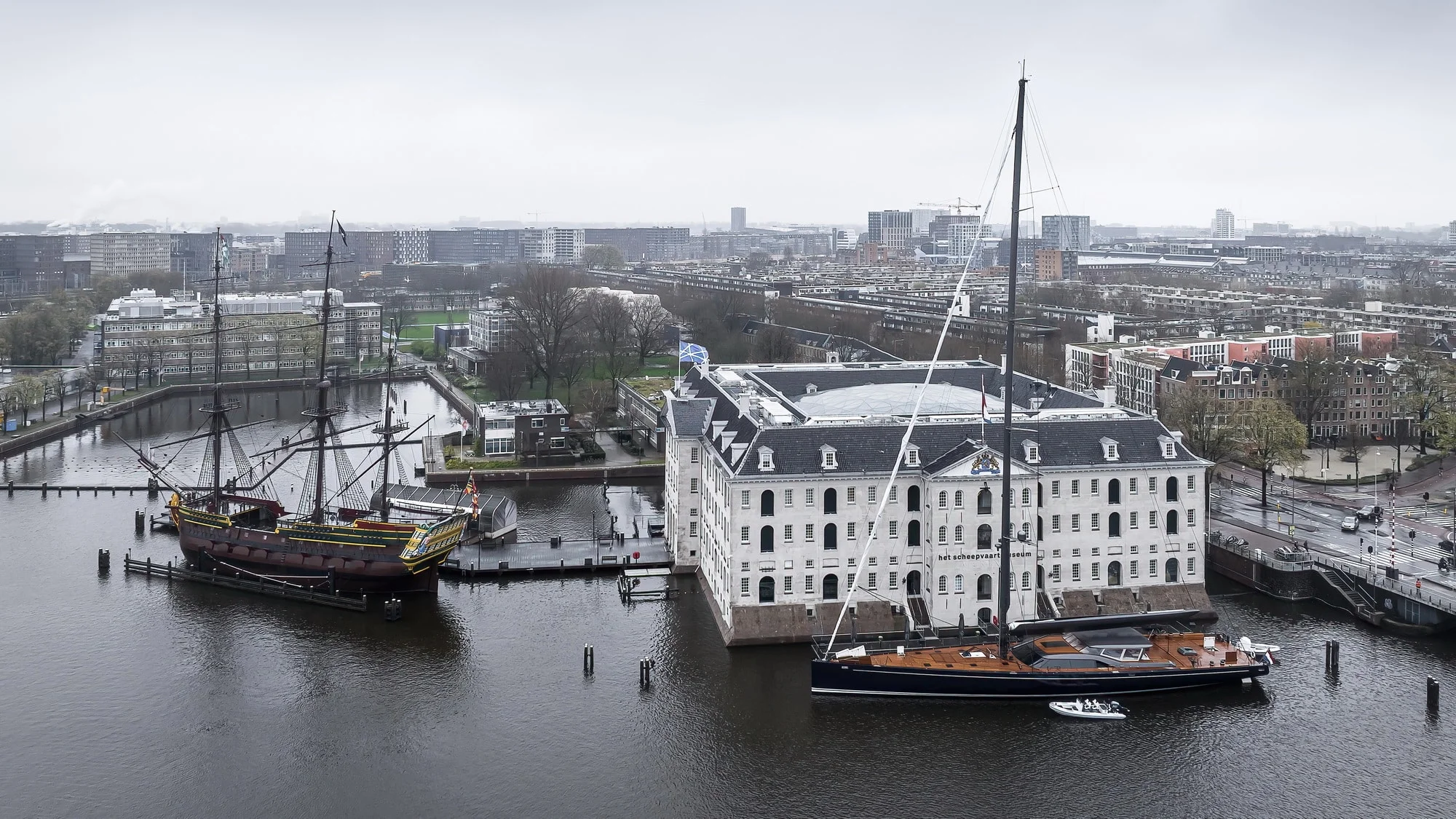
Even the earliest maritime masters had a unique style and experimented with composition, perspective and the interplay of colour. It is thought Hendrick Cornelisz Vroom was the first great Dutch marine specialist when he made the move from the artificial elevated view typical of earlier marine painting to a lower and more naturalistic viewpoint. But there are many other maritime artists from the Golden Age, including Jan Porcellis, Simon de Vlieger, Jan van de Cappelle, Hendrick Dubbels and Willem van de Velde the Elder and his son.
Many of these paintings were commissioned to depict great naval battles, where the focus was on formal and accurate renditions of the ships themselves. Nearly all of them were loaded with symbolic meaning, such as the mysterious power and beauty of the sea and man’s insignificance in the face of nature. The maritime genre began to take on a more sophisticated subtlety in the 19th century under the influence of the new Romantic and Impressionist movements. In 1888, for example, Van Gogh painted a series of powerful seascapes during a trip to Saintes-Maries-de-la- Mer in the south of France, some of which are housed in the Van Gogh Museum in Amsterdam. After 1900, Dutch seascape painters were rarely at the cutting edge of the art world, but demand for their work remained high.
In addition to innumerable navigational instruments, vintage photographs, carved figureheads, rare globes and charts, the National Maritime Museum houses two semipermanent exhibitions devoted to maritime paintings and yacht models dating back to the early 17th century. Around 80 yacht models are currently displayed, but due to lack of space these represent only a small portion of the entire collection that numbers a staggering 1,500.
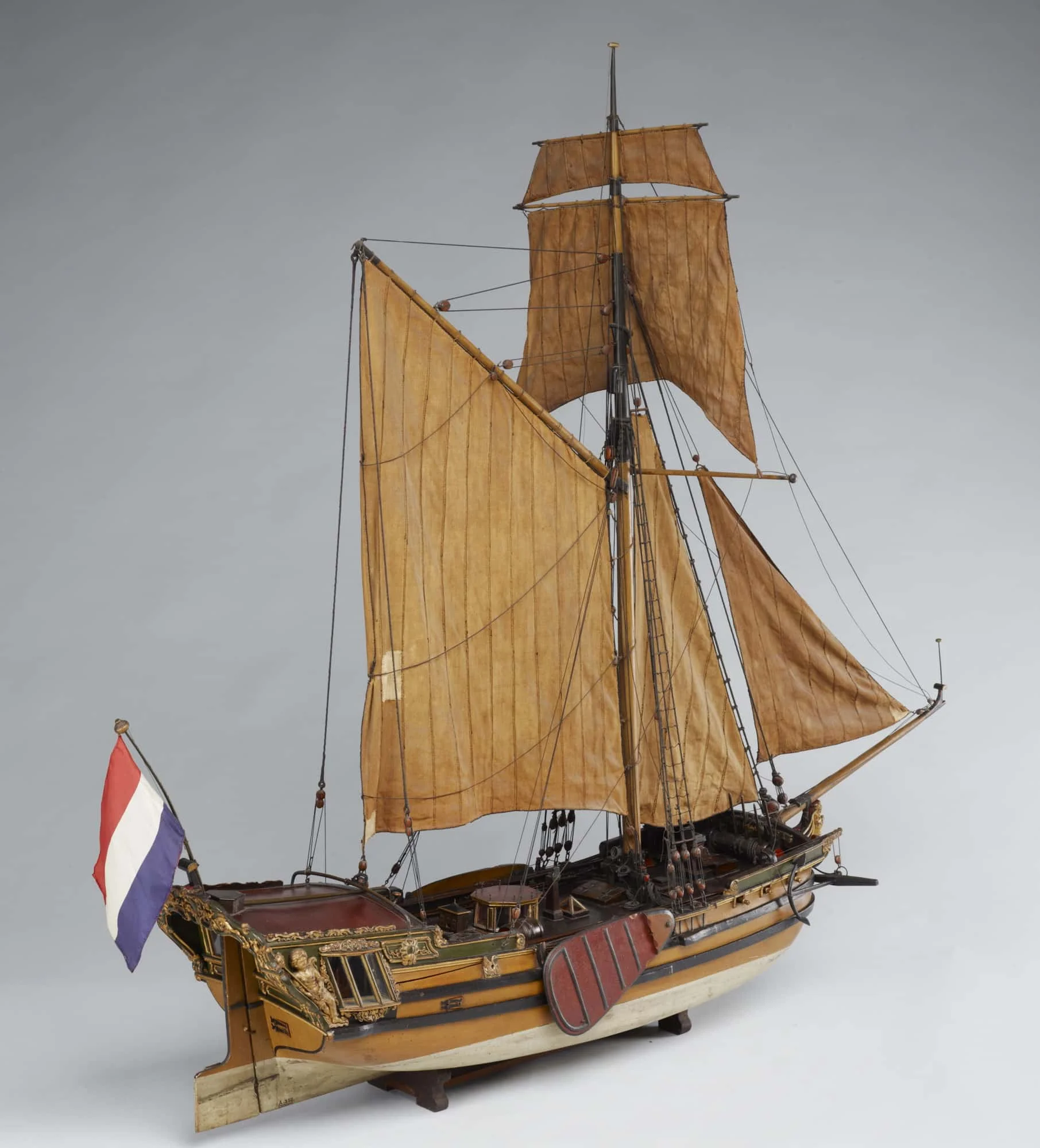
High quality construction and performance, technological innovation and seaworthiness: these were the qualities that made Holland the world’s leading shipbuilder in the 17th century.
Exactly the same qualities inspire the naval architects and designers, craftsmen and engineers, to create the magnificent custom yachts built by Royal Huisman today.
Skirmish between Amsterdam and English warships – by Hendrik Cornelisz Vroom
Hendrik Cornelisz Vroom (c.1562 – 1640) was credited with being a pioneer of Dutch maritime painting during the Golden Age. In his later works he adapted the birds-eye viewpoint of earlier seascapes to show scenes from a more natural position with a more realistic depiction of the sea. His sons, Cornelis and Frederik Vroom, were also painters who studied under their father.
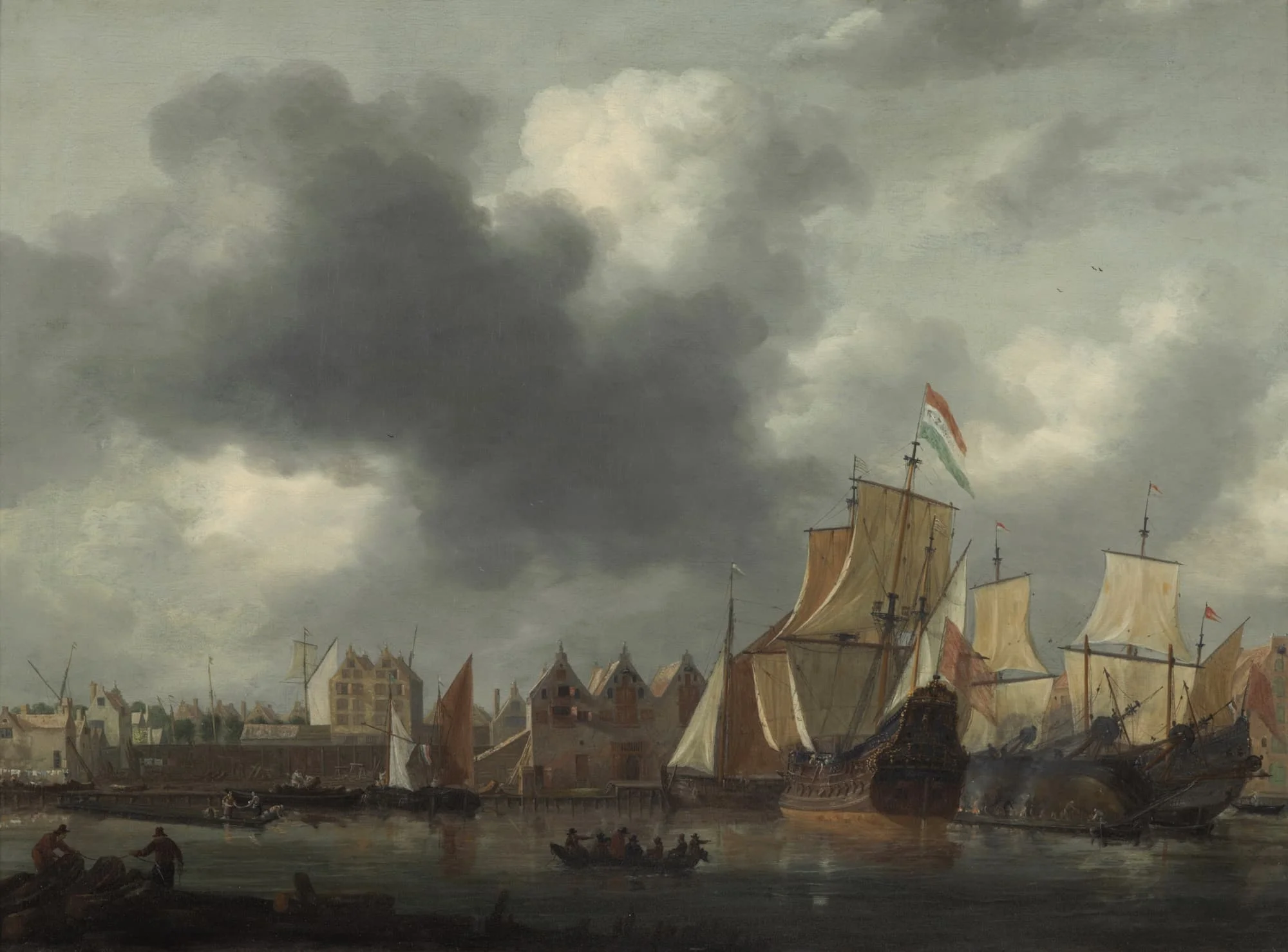
“Even as early as the 17th century, people who could afford to loved to show off their richly decorated yachts as models,” says Elisabeth Spits, who specialises in the history of yachting and is curator of the Yacht Models exhibition . “In most cases, they were exquisitely made by the shipwrights themselves and represent a beautiful picture of luxury pleasure craft through the ages.” The most prized model dates from around 1660, believed to be the oldest model of a statenjacht (pleasure yacht) in existence. Recent models include Royal Huisman’s Athena.
Royal Huisman enjoys a close relationship with the National Maritime Museum, which also played host to the World Superyacht Awards some years ago. The Christening ceremonies of various Royal Huisman yachts have been hosted by the museum, while the shipyard actively supports the institution’s cultural and educational activities.
Although the Golden Age of maritime painting has come and gone, the tradition of fine yachtbuilding (and model making) is alive and well. High quality construction and performance, technological innovation and seaworthiness: these were the qualities that made Holland the world’s leading shipbuilder in the 17th century and inspired generations of painters to capture the sheer beauty of the Dutch fleet on canvas. Exactly the same qualities inspire the naval architects and designers, craftsmen and engineers, to create the magnificent custom yachts built by Royal Huisman today.
“The art of yacht building” was first published in a previous edition of “inhuis”.
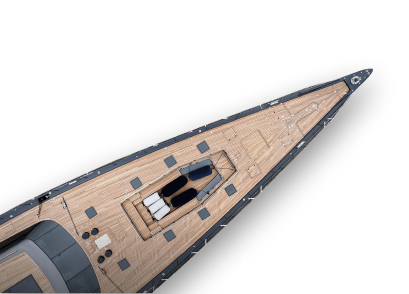

.png?resolution=425x310&quality=95)

